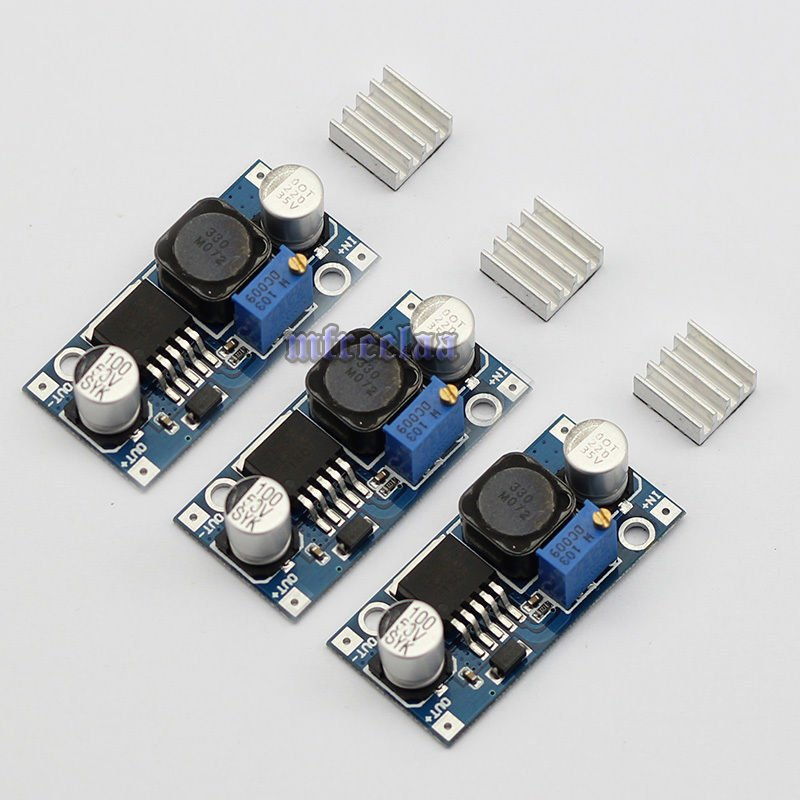Has anyone come up with a descent variable battery setup that I can make so I can adjust my input voltage from 5.9v-8.4v for my F1A4 level 3 detector.
I'm pretty handy with a soldering iron and electronics. Just need some guidance in what is best to use. Hope someone can help.
Cheers
Firey10_0
I'm pretty handy with a soldering iron and electronics. Just need some guidance in what is best to use. Hope someone can help.
Cheers
Firey10_0




